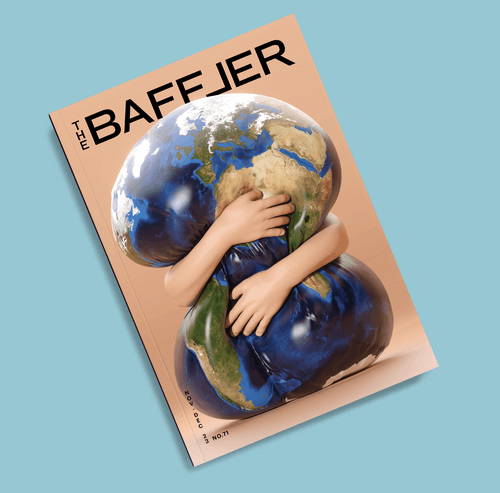Issues
April 2025
April 2025
no. 78—Homeland Insecurity
January 2025
no. 77—Expatriates
January 2025
no. 77—Expatriates
November 2024
no. 76—Get in Line
November 2024
no. 76—Get in Line
September 2024
no. 75—Facing the Future
September 2024
no. 75—Facing the Future
June 2024
no. 74—Altered States
June 2024
no. 74—Altered States
April 2024
no. 73—Consolation Prizes
April 2024
no. 73—Consolation Prizes
January 2024
no. 72—Life Alert
January 2024
no. 72—Life Alert
November 2023
no. 71—Whither Humanitarianism?
November 2023
no. 71—Whither Humanitarianism?
September 2023
no. 70—Out to Lunch
September 2023
no. 70—Out to Lunch
July 2023
no. 69—Hell or Las Vegas
July 2023
no. 69—Hell or Las Vegas
May 2023
no. 68—Fool House
May 2023
no. 68—Fool House
March 2023
no. 67—The National Interest
March 2023











